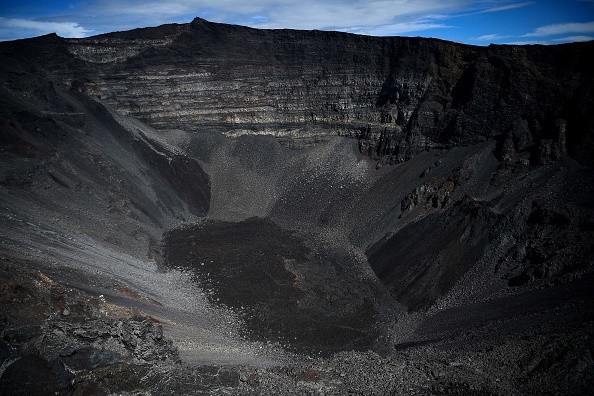Scientists recently discovered a 100,000-year-old crater which is believed to be the largest impact crater on earth. This astronomical depression on the earth's surface is mostly caused by an impact or a strike on earth by an object from space. About 128 impacts have been discovered.

Earth's Largest Impact Crater
Recent discoveries show a 100,000-year-old crescent-shaped carter that was uncovered in northern china, as per Live Science. This is the second impact crater discovered in China after the first discovery in Xiuyan county of the coastal province of Liaoning.
In July 2021, due to the impact caused by a space rock striking earth, there was a depression in the Lesser Xing'an mountain range. The crater was explained more in the journal Meteoritics and Planetary Science by the team of researchers involved in the research.
The Yilan crater measures about 1.15 miles (1.85 kilometers) across and likely formed about 46,000 to 53,000 years ago. According to NASA, radiocarbon dating of charcoal and organic lake sediments extracted from the center of the carter were collected as samples from the site.
Also Read : NASA to Track Rogue Rocket's Moon Crater Grave on March 4; China Denies Ownership of Rocket
Indications That a High-intensity Impact Occurred
During the research, the team found a 1,000-foot-thick (320 m) slab of brecciated granite, made up of different rocky segments. This was more than 328 feet deep and from observations, scars print caused by the metrolite were still on the rocks, as per Scitech Daily.
Also, teardrop-shaped glass fragments and pieces of glass are pierced with tiny holes made by gas bubbles. Unlike other craters, the Yilan crater is crescent-shaped when viewed from above.
The southern rim has totally disappeared and in a statement from NASA, investigation on the time and reason for the sudden disappearance is ongoing. As per Chen Ming, one of the authors of the article and a research fellow from the Guangzhou Institute of Geochemistry, this is one of the rarest shapes of craters on earth.
Previously Recorded Impacts
According to history, about 128 impacts have been discovered on earth, The carter can best be described as a huge depression that forms a hole in a hollow spot either created by the impact of a meteorite or other object.
The first impact on earth was the Yarrabubba Crater impact caused by an asteroid about 2.23 billion years ago. The impact occurred in Yilgarn Craton which is now known as the Western Australia and was estimated to have been around 7 kilometers (4.3 miles) wide, this was the oldest impact ever recorded.
In Arizona, a crater that measures about 0.75 miles (1.2 km) in diameter and was about 49,000 to 50,000 years old was recorded as the world's largest crater impact along with the the Xiuyan crater that measures 1.1 miles (1.8 km) across, but its age is unknown.
The youngest impact according to research was the Hiawatha crater which was the 25th largest impact on earth and about 31-kilometer-wide.
Related Article : Mount Etna's Weird Case of Wandering Craters Popping Out of Nowhere
For more news, updates about craters and similar topics don't forget to follow Nature World News!
© 2025 NatureWorldNews.com All rights reserved. Do not reproduce without permission.





